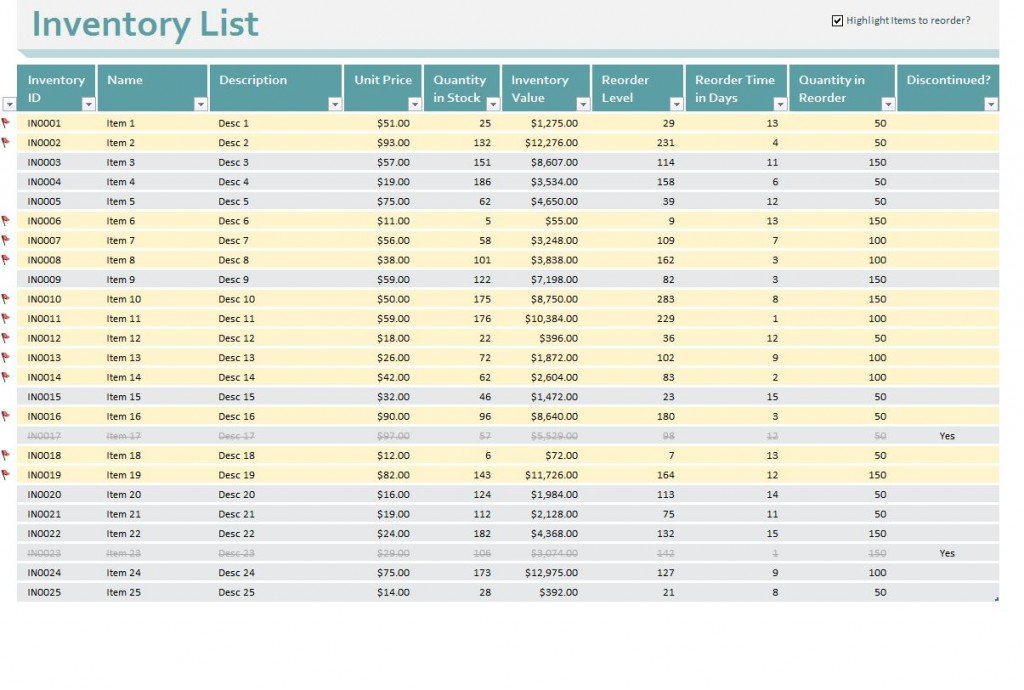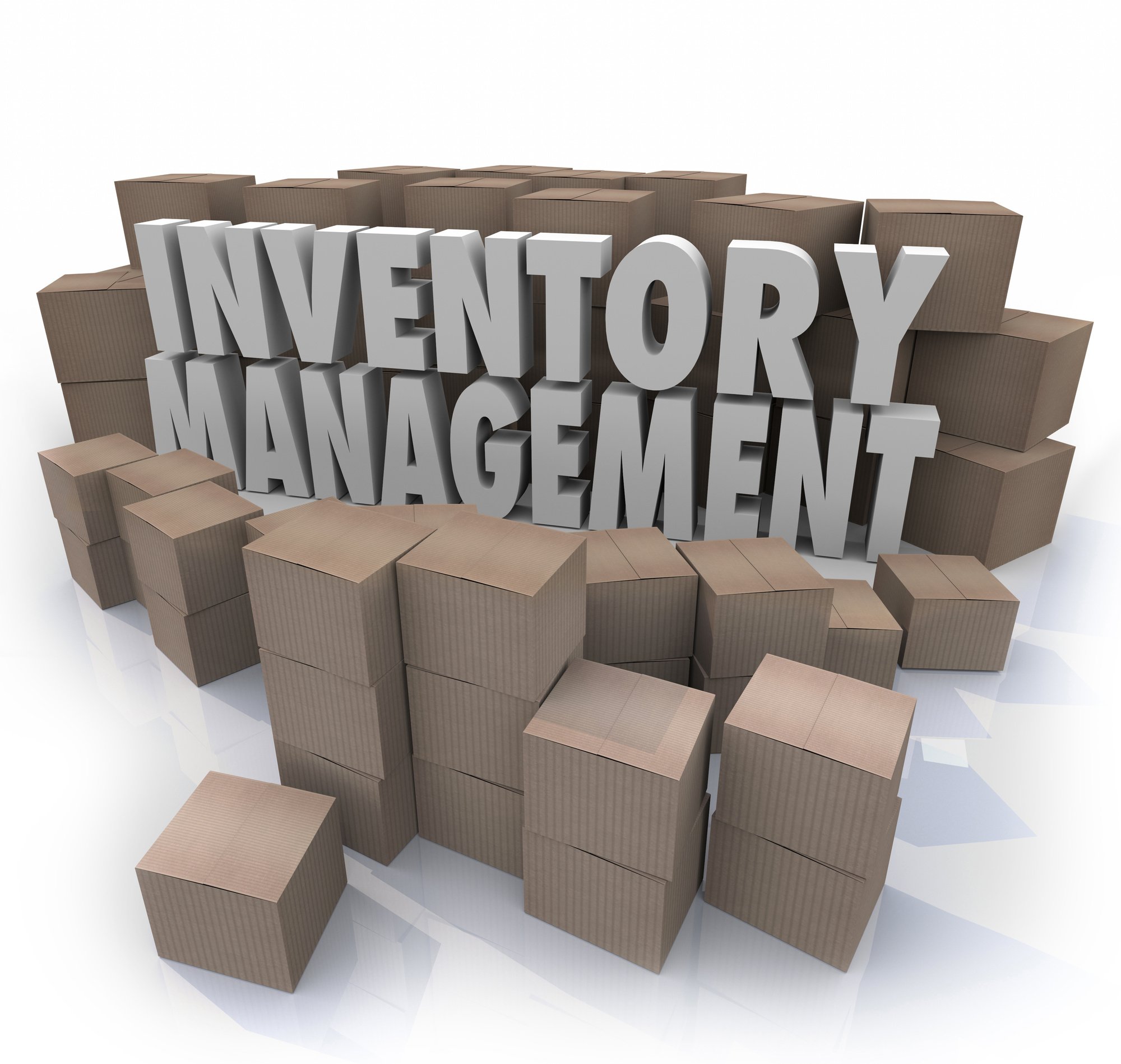Business inventory management plays a crucial role in ensuring the smooth functioning of any business. It involves managing the flow of goods, from raw materials to finished products, to meet customer demand while minimizing costs. Effective inventory management is essential for businesses of all sizes, helping them to increase profitability, improve customer satisfaction, and gain a competitive advantage.
This comprehensive guide will provide you with a deep understanding of business inventory management, including its key concepts, methods, techniques, challenges, and emerging trends. By mastering the principles of inventory management, you can optimize your inventory levels, reduce waste, and drive business growth.
Business Inventory Management Overview

Business inventory management is the process of overseeing the flow of goods from the point of acquisition to the point of sale. It involves planning, acquiring, storing, and tracking inventory to meet customer demand while minimizing costs. Effective inventory management ensures businesses have the right amount of inventory to fulfill orders, avoid stockouts, and prevent excess inventory that ties up cash and incurs storage costs.
Importance of Inventory Management
- Improved customer satisfaction:Having the right products in stock at the right time enhances customer satisfaction by reducing order fulfillment delays and backorders.
- Reduced costs:Efficient inventory management minimizes holding costs (e.g., storage, insurance), order costs (e.g., purchase orders, shipping), and shortage costs (e.g., lost sales, backorder processing).
- Increased efficiency:Streamlined inventory processes, such as automated inventory tracking and just-in-time (JIT) inventory systems, improve operational efficiency and productivity.
- Improved cash flow:By optimizing inventory levels, businesses can free up cash flow tied up in excess inventory, improving financial health and flexibility.
- Better decision-making:Accurate inventory data provides insights for informed decision-making, including production planning, purchasing, and sales forecasting.
Types of Inventory
Different types of inventory exist, each with its own characteristics and management considerations:
- Raw materials:Components or ingredients used to produce finished goods.
- Work-in-process (WIP):Partially completed products undergoing production.
- Finished goods:Completed products ready for sale to customers.
- Maintenance, repair, and operations (MRO) inventory:Items used to maintain equipment and facilities.
- Safety stock:Additional inventory held as a buffer to mitigate unexpected demand or supply chain disruptions.
Inventory Management Methods
Inventory management methods are essential for businesses to effectively track and manage their inventory levels. There are various methods available, each with its own advantages and disadvantages.
First-In, First-Out (FIFO) Method
The FIFO method assumes that the first items purchased are the first items sold. This means that the cost of goods sold is based on the cost of the oldest inventory items.
Example: If a business purchases 100 units at $10 each and then purchases another 100 units at $12 each, under FIFO, the cost of goods sold for the first 100 units sold would be $10 per unit.
Last-In, First-Out (LIFO) Method
In contrast to FIFO, the LIFO method assumes that the last items purchased are the first items sold. As a result, the cost of goods sold is based on the cost of the most recent inventory items.
Example: Using the same example as above, under LIFO, the cost of goods sold for the first 100 units sold would be $12 per unit.
Comparison of FIFO and LIFO
The choice between FIFO and LIFO depends on the specific circumstances of the business. FIFO tends to result in a lower cost of goods sold during periods of rising prices, while LIFO tends to result in a higher cost of goods sold during periods of rising prices.
Advantages of FIFO:
- More accurate representation of current inventory value
- Provides a more conservative estimate of profits
- Complies with Generally Accepted Accounting Principles (GAAP)
Advantages of LIFO:
- Can reduce taxes during periods of rising prices
- Provides a more accurate representation of the cost of goods sold
- Can help to smooth out earnings over time
Inventory Management Techniques

Effective inventory management techniques are essential for businesses to maintain optimal stock levels, reduce costs, and enhance operational efficiency. By implementing these techniques, businesses can ensure that they have the right products in the right quantities at the right time, without overstocking or running out of stock.
Benefits of Using Inventory Management Software
Inventory management software offers numerous benefits, including:
- Automated inventory tracking and updates
- Real-time visibility into stock levels
- Improved accuracy and reduced errors
- Enhanced forecasting and demand planning
- Streamlined order fulfillment and reduced lead times
Conducting Inventory Audits, Business inventory management
Regular inventory audits are crucial for verifying the accuracy of inventory records and identifying discrepancies. To conduct an inventory audit effectively, follow these steps:
- Establish a clear audit schedule
- Train staff on audit procedures
- Use a standardized inventory checklist
- Physically count all inventory items
- Reconcile the physical count with inventory records
- Document and investigate any discrepancies
Optimizing Inventory Levels
Optimizing inventory levels is essential for minimizing costs and improving cash flow. Consider the following tips:
- Use inventory turnover ratios to identify slow-moving items
- Implement just-in-time inventory strategies
- Establish safety stock levels to buffer against unexpected demand
- Consider consignment inventory to reduce storage costs
- Negotiate favorable terms with suppliers to minimize lead times
Inventory Management Challenges

Inventory management presents numerous challenges that businesses must navigate to maintain efficient operations. These challenges include:
- Stockouts:When demand exceeds supply, businesses may experience stockouts, leading to lost sales, customer dissatisfaction, and reputational damage.
- Excess inventory:Holding excessive inventory ties up capital, incurs storage costs, and increases the risk of obsolescence or spoilage.
- Inaccurate inventory records:Errors in inventory records can result in inaccurate forecasting, stockouts, and excess inventory.
- Inefficient inventory management processes:Manual inventory tracking and outdated systems can lead to inefficiencies, errors, and increased costs.
Mitigating Inventory Shortages
To mitigate inventory shortages, businesses can:
- Improve demand forecasting:Accurate demand forecasting helps businesses anticipate future demand and plan inventory levels accordingly.
- Maintain safety stock:Holding a buffer of safety stock can help cushion against unexpected demand fluctuations.
- Implement inventory monitoring systems:Real-time inventory monitoring systems provide visibility into inventory levels and alert businesses to potential shortages.
- Establish strong supplier relationships:Building strong relationships with suppliers ensures timely delivery and reduces the risk of stockouts.
Dealing with Excess Inventory
To deal with excess inventory, businesses can:
- Sell excess inventory through promotions:Offering discounts or promotions can help move excess inventory quickly.
- Liquidate excess inventory:Businesses can sell excess inventory to liquidators or online marketplaces to recover some value.
- Donate excess inventory:Donating excess inventory to charities or non-profit organizations can generate goodwill and tax benefits.
- Improve inventory planning:Implementing better inventory planning processes can help businesses avoid accumulating excess inventory in the future.
Inventory Management Trends

The landscape of inventory management is constantly evolving, driven by technological advancements and changing customer demands. These trends are shaping the way businesses manage their inventory, enabling them to optimize operations, reduce costs, and enhance customer satisfaction.
One of the most significant trends is the adoption of technology to automate and streamline inventory management processes. This includes the use of inventory management software, RFID technology, and data analytics. These tools provide businesses with real-time visibility into their inventory levels, allowing them to make informed decisions and respond quickly to changes in demand.
Impact of Technology on Inventory Management
The impact of technology on inventory management is profound. It has enabled businesses to:
- Automate inventory tracking and replenishment processes, reducing manual errors and labor costs.
- Gain real-time visibility into inventory levels, allowing for better decision-making and improved forecasting.
- Optimize inventory levels, reducing the risk of stockouts and overstocking.
- Improve customer satisfaction by ensuring that products are available when and where customers need them.
Innovative Inventory Management Practices
Innovative inventory management practices are emerging to address the challenges of today’s complex supply chains. These practices include:
- Just-in-time (JIT) inventory management:This approach involves holding only the inventory needed to meet current demand, reducing storage costs and the risk of obsolescence.
- Vendor-managed inventory (VMI):In this model, the supplier manages the inventory for the customer, ensuring that the right products are available at the right time.
- Consignment inventory:This arrangement allows customers to store inventory without taking ownership of it until it is sold, reducing the risk of loss.
- Multi-echelon inventory management:This approach optimizes inventory levels across multiple locations, ensuring that products are available where they are needed most.
Ending Remarks: Business Inventory Management

In today’s dynamic business environment, effective inventory management is more critical than ever. By implementing the strategies and techniques Artikeld in this guide, you can gain control over your inventory, improve operational efficiency, and position your business for success. Remember, inventory management is not just about tracking stock levels; it’s about optimizing your entire supply chain to meet customer needs and maximize profitability.
FAQ Compilation
What is the importance of inventory management?
Inventory management is crucial for ensuring that businesses have the right products, in the right quantities, at the right time. It helps businesses meet customer demand, optimize cash flow, and reduce waste.
What are the different types of inventory management methods?
There are several inventory management methods, including First-In, First-Out (FIFO), Last-In, First-Out (LIFO), and Just-in-Time (JIT). Each method has its own advantages and disadvantages, and the best method for a particular business will depend on its specific needs.
What are some common challenges in inventory management?
Some common challenges in inventory management include stockouts, excess inventory, and inaccurate inventory records. These challenges can lead to lost sales, increased costs, and operational inefficiencies.
How can businesses optimize their inventory levels?
Businesses can optimize their inventory levels by using inventory management software, conducting regular inventory audits, and implementing inventory control techniques such as safety stock and reorder points.
What are some emerging trends in inventory management?
Emerging trends in inventory management include the use of artificial intelligence (AI), machine learning (ML), and blockchain technology to improve inventory visibility, accuracy, and efficiency.